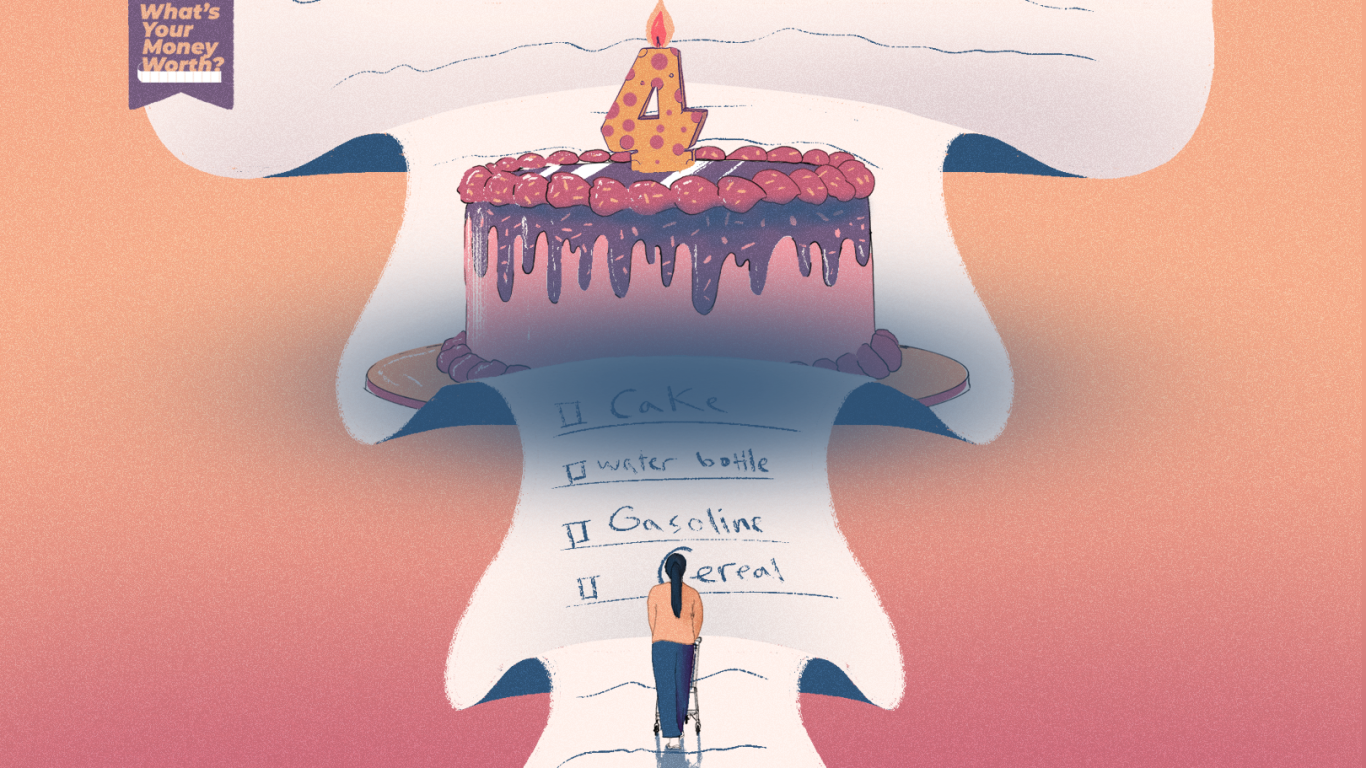'Ballin' on a budget'
How a displaced Louisiana family manages its finances.

[Jawahir Al-Naimi and Muaz Kory/Al Jazeera]
[Jawahir Al-Naimi and Muaz Kory/Al Jazeera]
Published On 2 Nov 2022
What's your money worth? A new series from the frontline of the cost of living crisis, where people who have been hit hard share their monthly expenses.
Name: Danielle Morris
Age: 37
Occupation: School health aid
Lives with: Husband Joshua (38), sons Ashton (11) and Josiah (4), and their puppy, Gracie (5 months)
Lives in: Dulac, Louisiana, United States. Currently living in a church after the family’s mobile home was destroyed by Hurricane Ida in August 2021.
Monthly household income: roughly $4,750 [Median monthly income for a family of four in Louisiana: $7,289]
Total expenses for the month: $3,834.55
Source: Al Jazeera